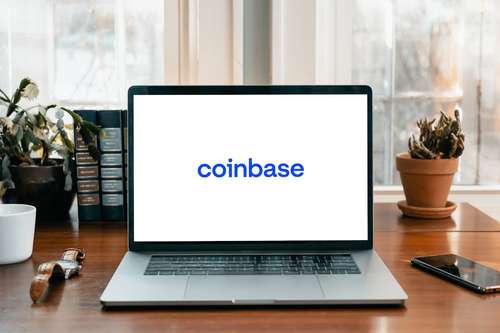Although high-risk trades have long found a home in the world of cryptocurrencies, recent developments involving a Trump-inspired meme coin, "Restore the Republic" (RTR), have pushed the volatility to new levels. Huge bettors on the RTR token which was believed to have been approved by the Trump family are now suffering significant losses to their investment as the token's value dropped by 95%.
The Rising and Falling of the RTR Token
Launched on the Solana network, the RTR token shot skyward on August 7, 2024. The value of the token skyrocketed by over 1,200% within hours, driven by extensive reports on social media that the project was formally endorsed by Donald Trump and his family.
Ambiguous postings from Trump's sons, especially Eric Trump, who hinted at a planned declaration on distributed finance (DeFi), stoked this speculation. A frenzy of trade resulting from these postings drove the market capitalization of the token to an amazing $155 million.
The thrill, however, was fleeting. Eric Trump formally rejected any link between the Trump family and the RTR token the next day. Emphasizing that no official Trump-related cryptocurrency has been introduced. He warned the public about "fake tokens" on social media. This announcement resulted in a 95% drop in the value of the token, causing investors who had joined the bandwagon major losses.
Social Media's Effects and Speculation
The issues surrounding the RTR token emphasizes how much social media influences the crypto market—especially meme coins. Public personalities and influencers can unwittingly, or otherwise, start market moves with ambiguous or false claims. In the instance of RTR, a now-deleted tweet by Ryan Fournier, head of Students for Trump, greatly magnified the initial buzz. The harm was already done, even though he rapidly withdrew his comment.
This is not the first time a Trump-linked meme currency has wreaked havoc in the crypto market. Earlier in the year, another token, DJT, which was wrongly reported to be connected to Donald Trump's son, Barron, also had a significant increase, followed by a fast fall.
Notes for Investors: The Risks of Meme coins
Investors, particularly those drawn to meme coins, should learn from the RTR fall-through. These coins are extremely speculative and usually lack any actual underlying value, even if they may provide fast returns. The meme coin market is well-known for its volatility; social media hype drives prices more than any strong basis. This setting provides ideal conditions for frauds and "rug pulls," in which creators depart a project after exaggerating its value, therefore rendering useless tokens for the investors.
The RTR debacle's lesson for investors is the need for proper attention. Before making any cryptocurrency purchase, especially meme coins, it is essential to confirm the validity of the project and the assertions made about it. As the RTR example shows, depending on social media buzz or the alleged endorsements of celebrities and public personalities could result in major financial losses.
Final Thoughts
When it comes to assets as volatile as meme coins, investors in the crypto market must be cautious when planning on making an investment. Important measures for shielding oneself against crypto frauds include doing extensive research, knowing the dangers involved, and questioning dubious assertions. Regulatory authorities might also have to intervene to provide more control and shield investors from dishonest behavior in the fast-expanding crypto market.




